Why does dill curl and what to do?
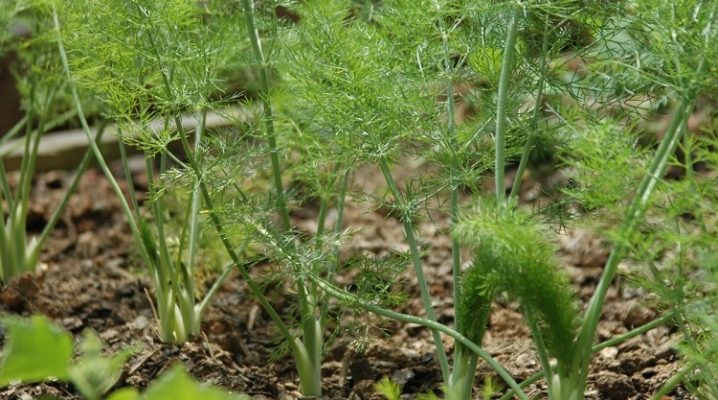
Fresh dill can be seen in almost every vegetable garden. Many gardeners consider this plant to be absolutely unpretentious and do not waste time caring for it. This often leads to the fact that the dill curls, and then turns yellow and dries up.
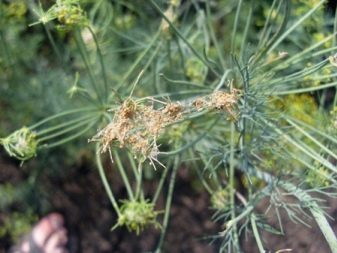
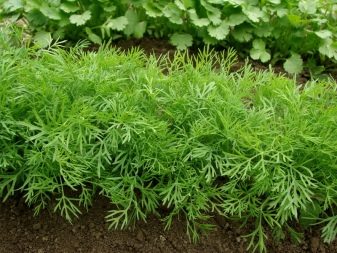
Bad conditions
This is most often due to the fact that the greens are grown under inappropriate conditions.
Density of plantings
When planting dill, the seeds in the grooves should not be placed too close. This will lead to the fact that the greens will not grow and develop well due to lack of nutrients. After the first shoots appear, the dill should be carefully thinned out. Eventually there should be no more than 2 centimeters of free space between individual seedlings. When the dill is still older, the procedure can be repeated, because the plants grow in size over time.
Only the strongest bushes should be left on the site.
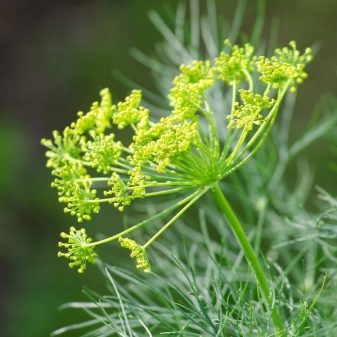
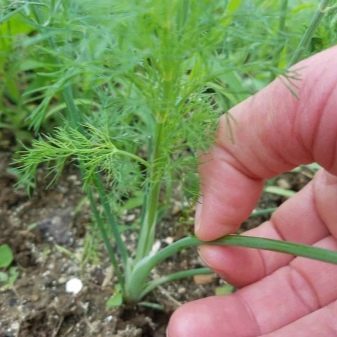
Unsuitable soil
The increased acidity of the soil also affects the state of young greenery very badly. In such conditions, dill germinates slowly. It develops for a very long time. The foliage of mature plants begins to turn red or yellow and curl. To prevent this from happening the beds before planting greens should be deacidified... It is best to use powdered eggshells for this purpose. Wood ash should not be added to the soil. If there is no time for soil deoxidation, you should choose another place for planting dill.
The soil on the site should also not be too poor. Therefore, the choice of a site for greenery must be treated carefully. It is best to feed the beds where dill will grow in the fall. Typically, the following fertilizers are used for this purpose.
- Humus. As a rule, the soil is fed with humus diluted with warm water in equal proportions. The product must be well rotted.
- Mullein. This fertilizer is also diluted before use. If you take a product that is too concentrated, the plant stems will become brittle and weak.
- Nettle infusion... It also works well for feeding greens. It is worth using the foliage of young nettle. The greens are poured with boiling water. After that, the container with the infusion is left in the shade for a week. During this time, the product has time to ferment. Filter the infusion before use. You can feed dill with such products several times per season. The main thing is that the break between dressings should be at least 5-7 days.
Do not plant the site on highly depleted soil. Bad predecessors for it are parsley, parsnips, carrots and celery. It grows best after legumes, cucumbers and tomatoes.
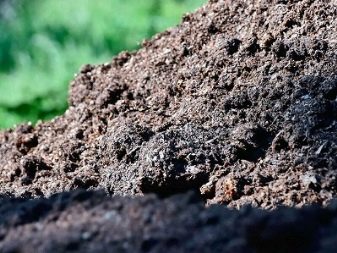
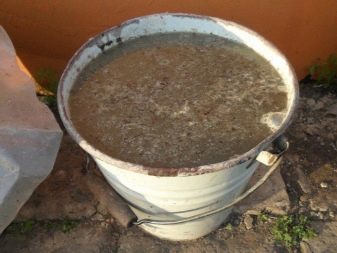
Heat
Dill is a thermophilic plant. Therefore, it is usually planted in well-lit areas. But when choosing a place for planting young greenery, it is worth remembering that under the scorching midday sun, dill quickly loses its attractiveness and becomes tasteless. Therefore, it is worth placing the beds in partial shade. In this case, the plants have enough sun, but they do not suffer from extreme heat.
If the dill withers and dries, and its leaves gradually fold, the beds should be watered regularly. It is recommended to use warm and well-settled water for this. Some gardeners deliberately leave large barrels on the site and water the beds with the collected rainwater. It is worth remembering that Over-watering your garden beds can also harm young plants.
If the foliage begins to curl, and the dill has turned black, most likely the problem lies precisely in the fact that the area is too moist.

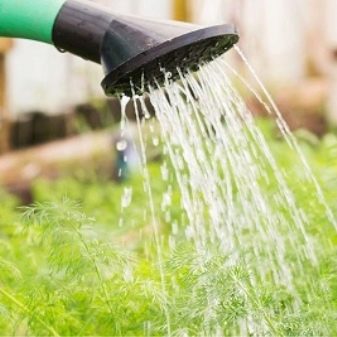
Diseases and pests
The cause of the curliness of dill can also be the activity of various pests. The following insects are dangerous to plants.
- Aphid... Most often, dill beds are affected by aphids. The spread of these pests is facilitated by the active activity of ants. Small parasites feed on the juice of greenery, depriving it of substances necessary for development. This causes the dill leaves to curl and become sticky. In some cases, gray scales similar to ash can be seen on their surface. This is what the old shell looks like, which the aphid throws off from time to time. If there are not very many aphids on the site, dill can be treated with an infusion of potato tops or tomato foliage. Instead of such products, a solution with laundry soap is also used. The beds can be watered or sprayed with it. This is best done in the evening. Greens can also be sprinkled with tobacco dust or makhorka.
- Ants... Since these insects help spread aphids, they are also worth getting rid of. As a rule, gardeners simply water the anthills with boiling water. Repeat this procedure every few days. Additionally, the soil next to the anthills should be dug up. If that doesn't work, you can sprinkle mustard or cinnamon powder next to them.
- Dill moth... This is a rather unusual pest. This moth is also called aniseed or umbrella moth. The insect is small in size. His wings are brown. It is quite difficult to notice this pest. Usually, gardeners understand that the site has been infected by noticing a thin cobweb on the greenery. Since the pests feed on plant sap, the foliage of dill quickly weakens and begins to curl. You can save plants from pests by destroying all parts of the plants infected with insects.
- Beetle leaf... This pest also poses a danger to dill. As a result of the activity of these small light green pests, foliage begins to curl. As a result, dill resembles curly varieties of parsley. If you do not start the fight against the beetle in time, the bushes can dry out completely. They scare off these pests with fragrant infusions prepared on the basis of citrus fruits. To prepare them, dry lemon or orange peels are simply placed in a container, poured with boiling water and left for several hours in a warm place. Filter the product before use. Sifted ash mixed with a small amount of ground pepper and tobacco dust helps in the fight against these pests. In order not to waste time fighting the leaf beetle, dill is planted in beds with onions or garlic. These plants effectively repel pests with their smell.
- Carrot fly... This insect is small in size. Its wings are almost transparent. As a rule, pests become active in the second half of May. The foliage of diseased plants is covered with a dark bloom and deformed. Dill growth slows down. Planting greenery in beds with onions or carrots also helps protect plants from these pests. Marigolds or calendula are also planted next to dill. To protect dill from disease, it can be treated with infusions of wormwood, tomato or potato tops. In addition, plants can be sprinkled with a thin layer of mustard powder or tobacco dust. If there are too many pests on the site, it is worth fighting with them using "Cypermethrin" or its analogues.
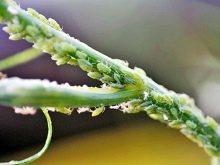
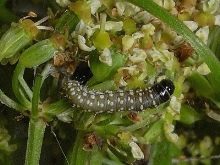
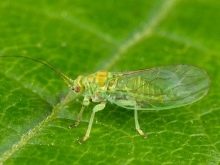
Common diseases are also dangerous for young dill.
- Powdery mildew. This is one of the fungal diseases that pose a danger to dill. Ants and aphids contribute to the spread of this disease. The main symptom of the disease is the tops covered with a white coating. Over time, plaque on foliage and stems thickens and becomes darker. In the future, the infected branches dry up and die off.Having noticed signs of the disease, the beds can be treated with a solution of mustard powder or onion infusion. If the plants are too badly infected, commercial fungicides can be used instead of home remedies. In order to prevent the spread of the disease, it is recommended to spray the area with a light solution of potassium permanganate. A small amount of this product can also be added to the water during watering. This will only benefit the plants.
- Peronosporosis... This disease is also known as downy mildew. Light green spots appear on the surface of diseased plants, which quickly darken. The foliage curls and dries up. This disease can destroy plants in just a few days. For the treatment of the beds, you can use "Fitosporin" or other similar preparations. To prevent the spread of the disease, it is recommended to sprinkle greens with crushed chalk or wood ash.
- Verticillosis... This fungal disease develops very quickly. In the early days, the foliage of ailing dill turns yellow. Then it becomes lethargic and curled up. Over time, the foliage darkens. It is impossible to fight this disease. Therefore, it is recommended that infected bushes be simply removed from the site and burned. In order to prevent infestation of the beds, it is important to monitor the quality of the manure used for fertilization. It should be well rotted.
In general, it is quite simple to protect dill bushes from these diseases. The main thing is to inspect your beds in a timely manner and pay attention to even the smallest signs of the disease.
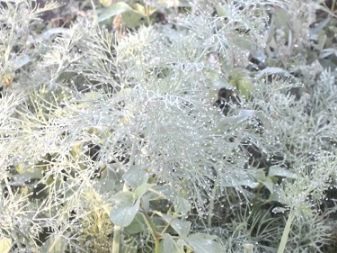
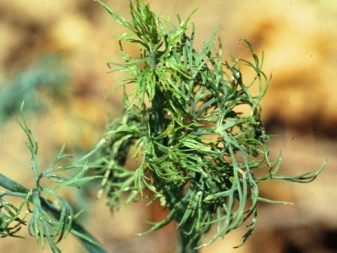
Prevention measures
So that the dill foliage does not curl, the gardener should properly take care of the beds with herbs.
- Choose the right varieties. Such early varieties as "Gribovsky" or "Umbrella" are distinguished by excellent yield and resistance to common diseases. Choosing late varieties of dill, you should pay attention to "Dill" and "Salute".
- Properly prepare the soil for planting dill. Since the fall, the beds need to be dug up and fertilized. If the soil is acidic, sprinkle the beds with dolomite flour or crushed eggshells.
- Process the seeds before planting. To protect dill from common fungal diseases, planting material can be processed in a solution of potassium permanganate. In this case, the product should not be too concentrated. Usually in a light solution, the seeds are soaked for 2-3 hours. After processing, they are thoroughly washed and dried well.
If you properly care for the dill growing in the beds, the greens will grow well, not curl up.















The comment was sent successfully.